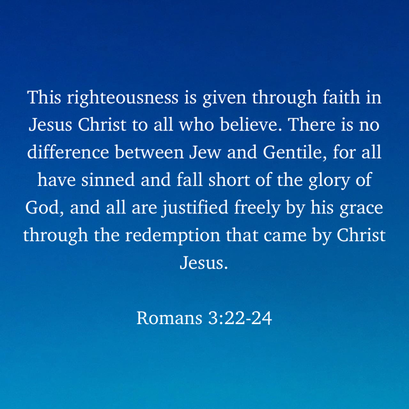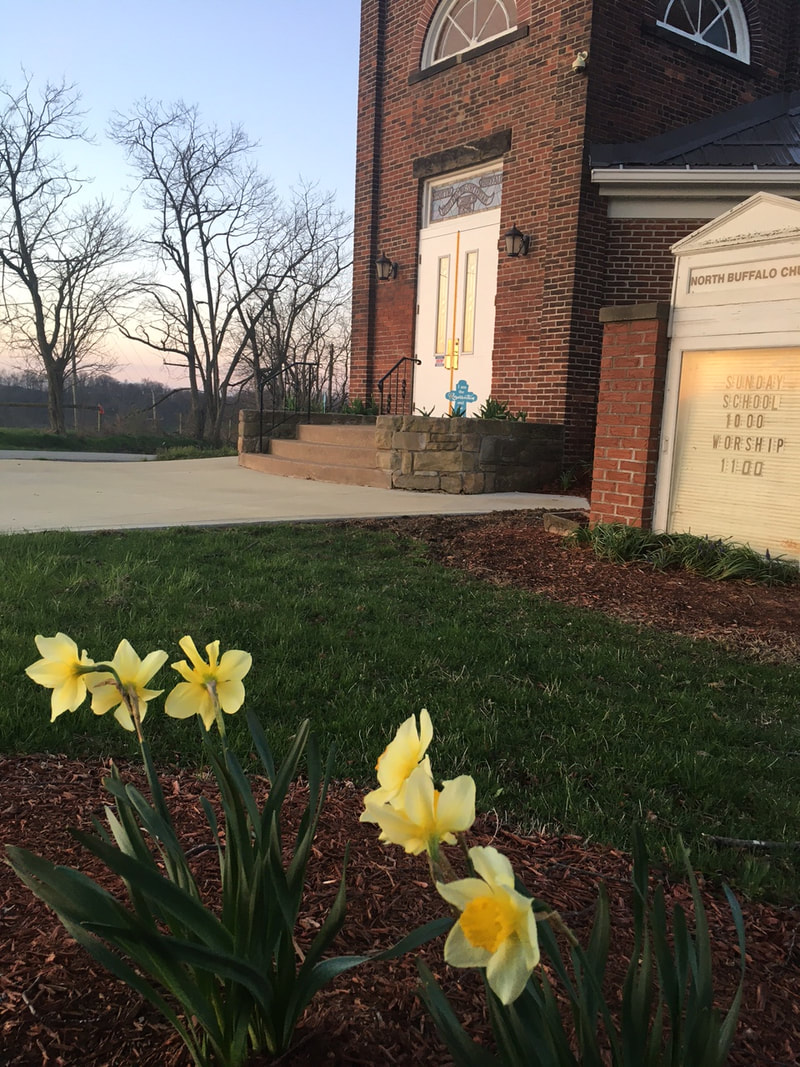|
Good morning!
We're so glad you decided to join us today!
When we meet in person, we share our joys and concerns with each other. If you have prayer requests to share, you can add them to the comments on this post. When you are ready, use this prayer (edited from a prayer found on the Sacred Space website) to get started.
Heavenly Father, we know that we have much, and we also know that everything we have of value is because of your love and your graciousness toward us.
Jesus, you meet us at the water’s edge of our ordinary lives. You accept us lovingly, you encourage us, you invite us to abundance. Nourished by the food of your word, warmed by the fire of your unfailing love, may we, in turn, nourish, heal and love those we meet today. For we ask it in Christ’s name. Amen.
Today's lesson is on John 21:1-14.
Introduction
The Gospel of John begins with a prologue that speaks not about Jesus’s lineage (as in Matthew and Luke) but about what God was doing through Christ from the perspective of eternity. It’s a wonderful passage chock full of meaning and grandeur about how Christ was the true light that came into the world to shine in the darkness. This same Gospel ends with what could be considered an epilogue, which is the 21st chapter. Chapter 20 ends with a statement of the purpose of the gospel, which would seem to be a fitting ending to the gospel. However, chapter 21, which includes our text for this morning, describes an intimate post resurrection story of a particular disciple’s redemption and forgiveness after Christ’s resurrection. Some scholars believe this chapter was added later by another author, but that is not necessarily the case. The lesson points out that no manuscripts exist that do not include this passage and that such epilogues were common in other ancient writings. In any case, these verses serve to show Christ’s continued power and presence after the resurrection and to talk about how Peter was forgiven and restored after his denial of Jesus during his trial.
The disciples fail (verses 1-3)
After Jesus appeared to Mary, to the disciples and then to Thomas (in chapter 20, not in our lesson), the disciples are back in Galilee, seemingly trying to figure out everything that had happened and what they should do now. Those present included Simon Peter, Nathanael (a disciples mentioned only in John), the sons of Zebedee (James and John mentioned in Matthew’s gospel but not named in John) and two other unnamed disciples. The disciples are staying near the Sea of Galilee. Suddenly Peter tells the others, “I’m going out to fish.” Some scholars take this as a decision that he is simply going to return to his former profession and put his discipleship behind him. That is not necessarily the case, though. It may simply be that, while they waited for Jesus in Galilee, they needed to feed themselves. Jesus had already appeared to them after his resurrection. With that in mind, although Peter might have been impatient and distraught over his own failure, it is hard to believe he was abandoning his discipleship so quickly. The other disciples went out with Peter to fish during the night. According to the lesson, fishermen typically worked at night on the Sea of Galilee. Fish would come up to feed at night and dive deeper as the sun warmed the surface. Therefore, nighttime was a more productive fishing time. Yet even though they fished all night, they caught nothing.
Jesus provides (verses 4-6)
As they were finishing for the night, the disciples saw a man standing on the shore. However, at this point they did not recognize it as Jesus. The gospel writers must be saying something about the disciples’ inability to recognize the resurrected Christ. Mary did not recognize him at the tomb. The disciples on the road to Emmaus did not recognize him, even though they walked with him for miles. There could be explanations for each of these events. Mary was not expecting to see Jesus standing before her, just as the disciples could not imagine it was Jesus walking with them. And just because it was early in the morning, that doesn’t mean the sun was completely risen, not to mention the fact that they may have been a distance from the shore. However, taken together, it seems strange that no one immediately recognized the man they had followed for years, after he was resurrected. Then Jesus calls out to them, asking them if they have caught any fish. Of course, they answer, “No.” So he instructs them to throw their net on the right side of the boat instead. He promises they will find some there. When they obeyed and did, in fact, catch a large number of fish, they realize this could be no one but Jesus.
‘It is the Lord’ (verses 7-14)
The disciple whom Jesus loved — which most scholars believe is John, the author of the book of John — shouts out, “It is the Lord!” As soon as John says the words, Peter puts on his outers garment, which he had removed in order to fish, and he jumps into the water and swims for shore. It is clear that Peter could not wait for the boat to reach shore. He had to get to Jesus in the fastest way possible. The other disciples stayed in the boat, weighed down with the miraculous catch, and slowly headed for shore. Peter, we assume, reached the shore first. On the shore they found Jesus beside a fire of burning coals, with fish on fire, and some bread. The burning coals harken back to the coals that were burning as Peter stood outside the judgment hall and warmed himself and denied he knew Jesus. Undoubtedly, Simon Peter still felt guilty about denying the Lord, and the smell of the coals would stir up those memories within him. In the last part of chapter 21 (not included in our lesson), Jesus has an intimate conversation with Peter and says to him, “Feed my sheep” and “Follow me,” setting him back on the path of discipleship. At this point, Jesus instructs them to bring some fish from their catch as well. So Simon Peter climbs back into the boat and drags the net ashore. We’re told that the net was full of large fish and that there were 153 in all. It seems unusual that the fishermen would have bothered to count each fish, and many have tried to find meaning in the number 153, but the only thing we know for certain is that there was a large number of big fish and that, despite that, the net did not break. This surely must mean that Jesus continues to provide for his disciples and that, when Jesus is involved, nothing will be lost. Next Jesus invites them to have breakfast with him. And the disciples know without asking that it is Jesus. Just as the travelers on the Emmaus Road recognized Jesus in the breaking of bread, so the disciples become certain of Christ’s presence as they share a meal with him. This meal signifies Jesus’s acceptance of those who had abandoned him. It signifies his presence, even when we cannot see him, and it signifies his sharing his life with those who follow him. Even though Jesus would no longer be with them in the flesh, the resurrected Christ sends the Spirit to empower his disciples for their mission. John records three times when Jesus appeared to the disciples after his resurrection. Those appearances gave his disciples the assurance that Jesus was still with them, that the grave did not hold him. And that gave them strength for the work that lay before them.
Conclusion
Jesus is not waiting for Sunday to spend time with his disciples today. While you’re at work — whatever that looks like for you — Jesus still invites you to experience his abundance and spend time with him. How can you ensure that you don’t miss these opportunities? Prayer Our Father, we marvel at the abundance of life we find in Jesus. And we thank you for sending him to us! We give thanks in Jesus’ name. Amen. Questions for discussion:
Benediction
Today's benediction is from the New International Version.
Next week's lesson continues from this week. It is on John 21:15-19.
0 Comments
Leave a Reply. |
AuthorWe are a small, rural Presbyterian church in southwestern Pennsylvania. Archives
July 2024
Categories
All
|



 RSS Feed
RSS Feed